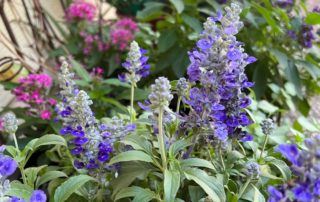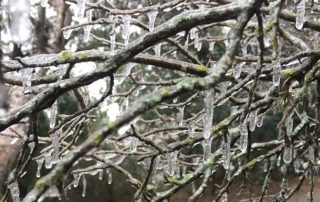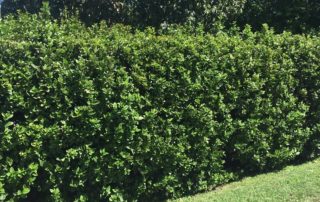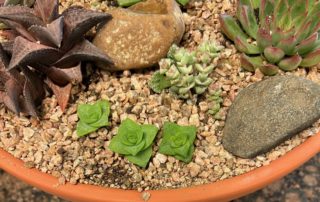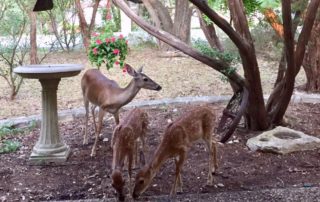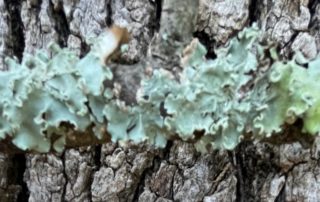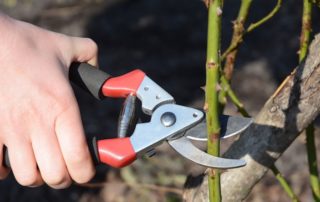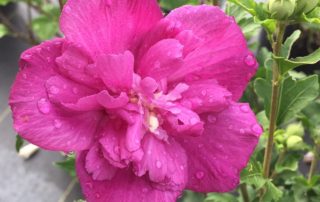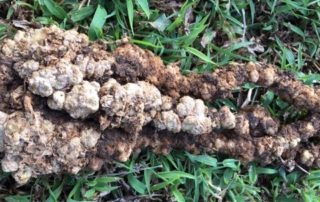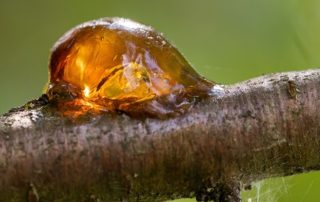Native Perennials for Central Texas
Acanthus, Flame Anisacanthus quadrifidus var. wrightii 3’-5’ by 3'-5' Sun. Summer blooms attract hummingbirds. May be trimmed to shape during the growing season. This is a deciduous woody shrub that may also be trimmed right before it flushes in the spring. Deer resistant. Zone 7 (Edwards Plateau) Betony, Texas Stachys coccinea 12"-18" by 2'-3' Shade, Part Shade. Low growing herbaceous perennial with red flowers from April to October. Cut back to the ground in late February. Not reliably deer resistant. Zone 7. (Trans-Pecos region [...]

